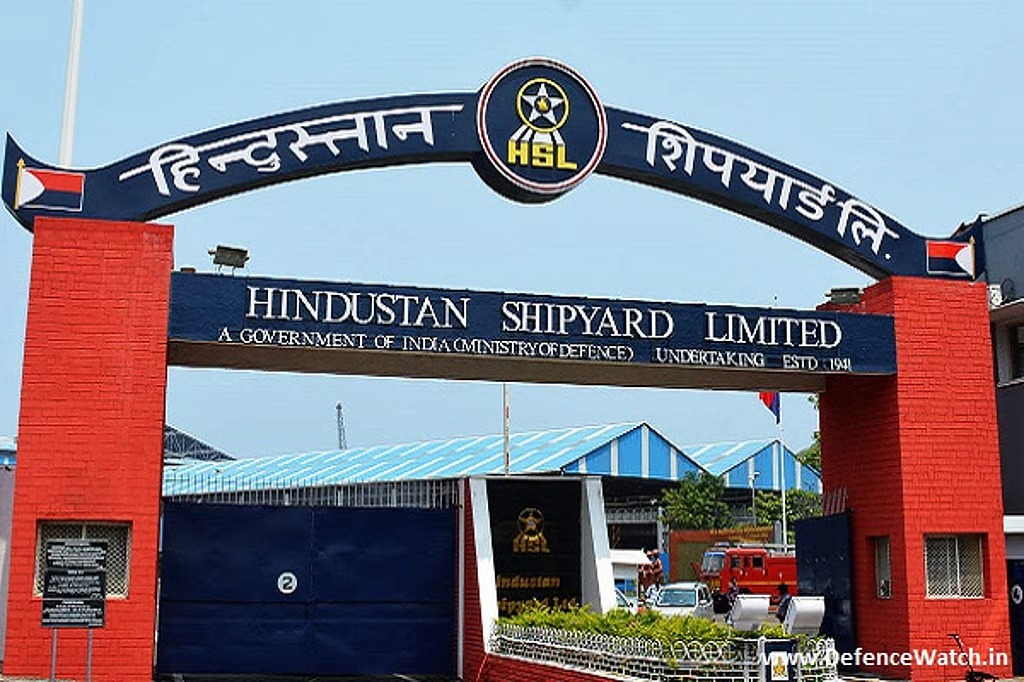From the brink of decline to a renewed national asset — Hindustan Shipyard Limited (HSL) has completed one of the most remarkable turnarounds in India’s public sector history. The Government of India’s decision to grant Mini Ratna status to the Visakhapatnam-based shipyard marks more than just a bureaucratic upgrade; it represents the revival of an institution that once symbolised India’s shipbuilding ambitions and later its struggles.
A Legacy Restored
Founded in 1941 by industrial pioneer Seth Walchand Hirachand as Scindia Shipyard, HSL laid the foundations of India’s modern shipbuilding industry even before Independence. It was nationalised in 1952 and later came under the Ministry of Defence in 2010, serving as the country’s first and oldest public-sector shipyard.
For decades, however, the yard weathered financial storms. From the 1980s through the early 2000s, declining orders and ageing infrastructure led to persistent losses. The situation remained challenging until a decisive reform push began in 2015.
Reforms that Rebuilt a Shipyard
The turnaround plan introduced after 2015 combined tight financial control, improved productivity, and modernisation of facilities. HSL upgraded its workshops, introduced digital planning tools, and emphasised efficiency in refits and new builds. Within two years, profits returned — and they stayed.
Between FY 2015–16 and FY 2024–25, HSL reported profits in nine out of ten years, with the only setback occurring in FY 2020–21 during the COVID-19 pandemic. This consistent performance restored confidence in its workforce and reaffirmed its strategic value to the Ministry of Defence.
What Mini Ratna Status Brings
Under the Mini Ratna – Category I framework, HSL gains greater operational autonomy and financial powers. The management can now take quicker commercial decisions, form joint ventures, and reinvest surpluses into infrastructure and R&D.
For India’s shipbuilding ecosystem, this means faster execution of defence contracts, greater capacity for innovation, and deeper integration with private industry and MSMEs. HSL’s upgrade also aligns with national initiatives such as Maritime Vision 2030 and AatmaNirbhar Bharat, both of which aim to make India a global hub for shipbuilding, repair, and marine technology.
A Vision Anchored in the Future
Commodore Girideep Singh, IN (Retd), Chairman and Managing Director of HSL, described the development as a collective victory.“The Mini Ratna recognition belongs to every employee who believed in the shipyard’s potential. With this autonomy, we can move faster and aim higher,” he said.
The shipyard is currently pursuing several projects with the Indian Navy and Coast Guard, including fleet refits and auxiliary vessels. HSL is also exploring green shipbuilding and sustainable energy integration — areas that could position it as a leader in the next phase of India’s maritime industrial growth.
From Struggle to Strength
HSL’s rise from prolonged financial distress to profitability mirrors a broader transformation within India’s defence public sector undertakings (DPSUs). The success of its reforms validates the government’s approach of empowering capable enterprises rather than privatising them.
For Visakhapatnam — now home to the Navy’s Eastern Command and one of India’s busiest shipbuilding hubs — HSL’s resurgence brings both pride and promise.
As the yard sails forward under its new Mini Ratna flag, its journey serves as a reminder: even legacy institutions, when given the right leadership and autonomy, can reinvent themselves for the future.

